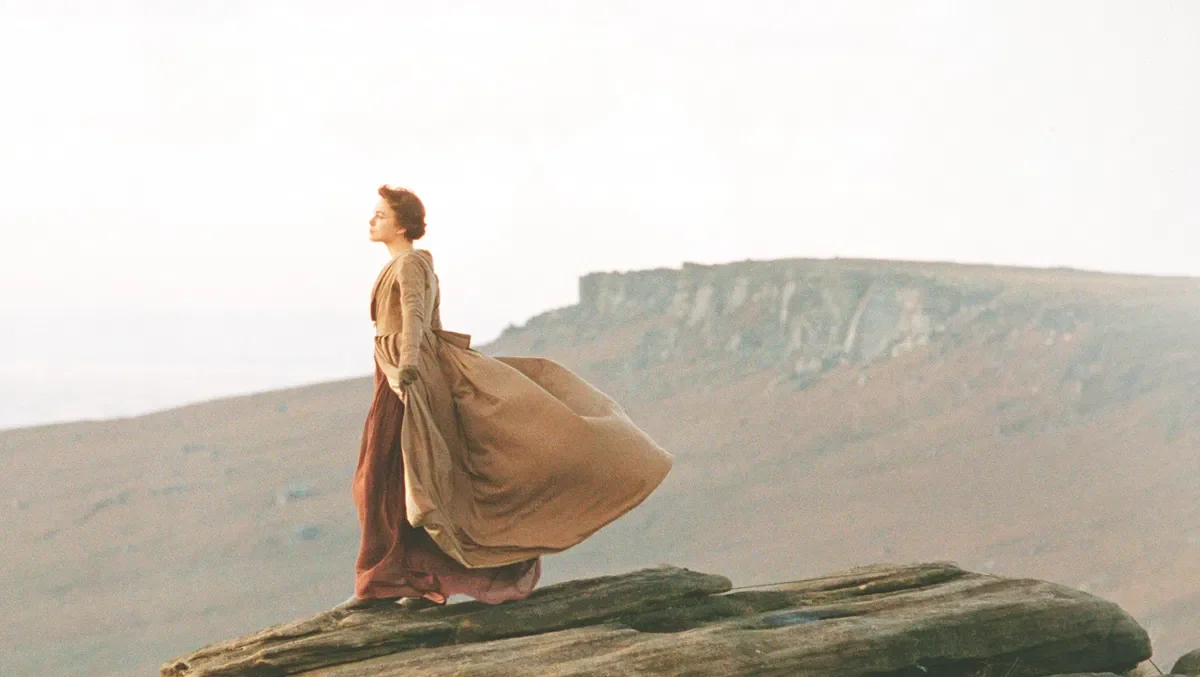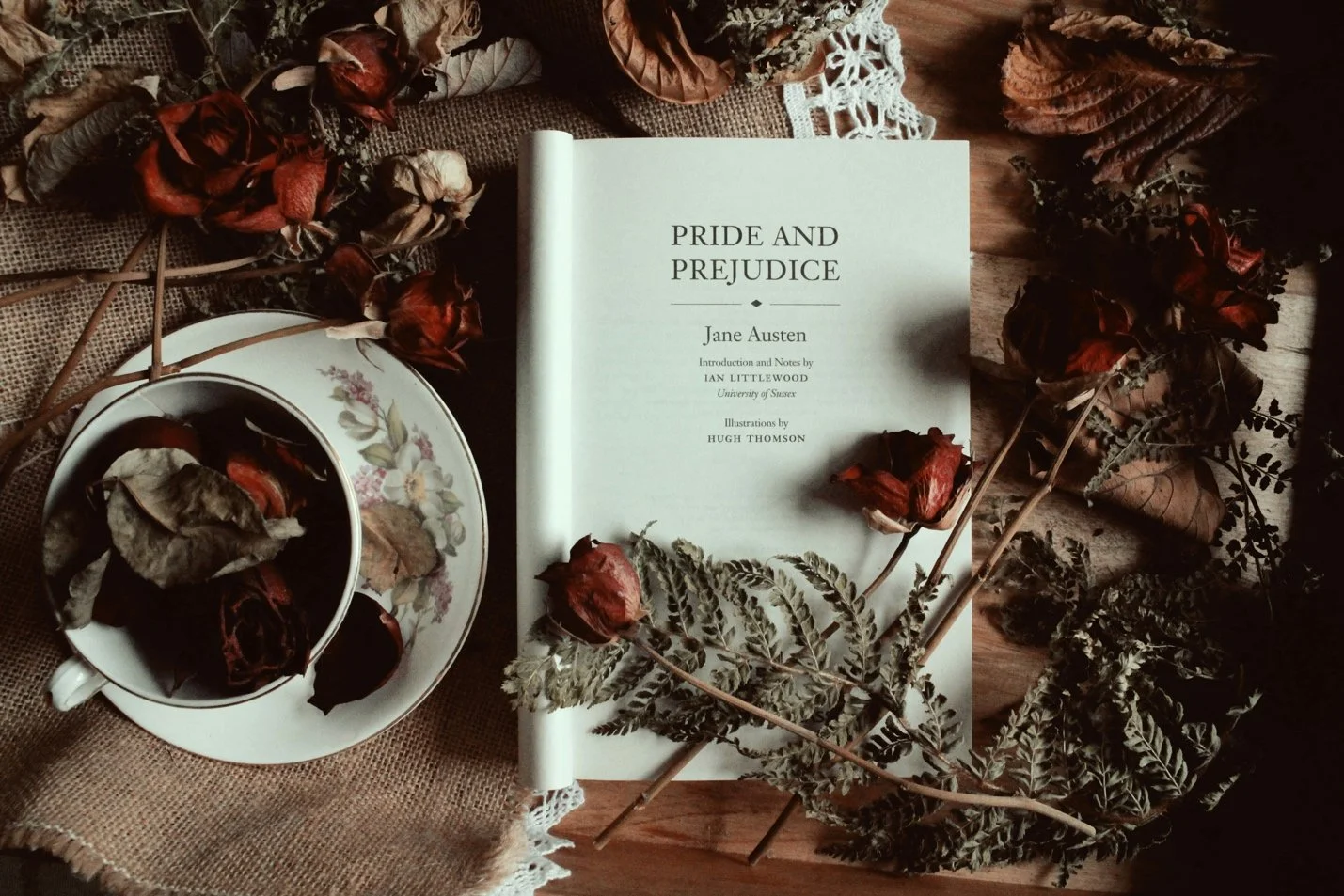Environmental Messaging in 2005’s “Pride and Prejudice”
2025 marks the 20th anniversary of the release of the 2005 Pride and Prejudice film, starring the brilliant Keira Knightley and Matthew Macfadyen. Whether you grew up watching the iconic 1995 miniseries starring Colin Firth and Jennifer Ehle or are looking forward to Dolly Alderton’s six-part adaptation coming to Netflix, the 2005 film remains a fantastic introduction to the beloved “enemies-to-lovers” trope that has captured hearts across generations.
It’s critical for a variety of genres and media to include environmental storytelling, which is why we celebrate such work at our annual EMA Awards. Now, let’s take a look at the ways in which Pride and Prejudice embrace sustainability and the natural world.
Embracing the Peace of Nature
If there’s one thing Elizabeth Bennet is known for, it’s choosing a walk over taking a carriage. As Caroline Bingley “endearingly” points out, Lizzy arrives with her hem “six inches deep in mud, looking positively medieval.” So, why does Lizzy insist on walking—and why is this choice so frequently highlighted in the film?
From the opening scene, the film places a strong emphasis on the beauty of nature. Sunrises, morning fog, and wide-open fields are paired with an enchanting musical score to create a deeply calming atmosphere. This recurring imagery serves as a reminder that a simple walk can offer much-needed peace, promote mindfulness, and soothe the nervous system.
The sunlight in the film doesn’t just set the tone-it also underscores the importance of natural light. Exposure to sunlight, especially within the first hour of waking, can help regulate cortisol levels and improve overall well-being. If there’s anything to take away from this film, it’s this: take more walks outside, and don’t forget to listen to the birdsong.
Encouraging the Use of Third Places
What do a town square, a ball, and a pub have in common? They’re all examples of “Third Places” - social environments outside of home, work, or religious institutions where people can gather and build community. Think of a neighborhood bar, such as the one in Cheers, local libraries, parks, or cafes.
Throughout the film, third places are central to the story: townspeople stroll through the market, dance together at balls, and Elizabeth stays at the Rose and Crown, where Mr. Darcy famously invites her aunt and uncle to return the next day to visit his Pemberley house. These communal spaces are essential for social interaction and fostering a sense of belonging.
Today, third places are disappearing, in part due to suburban development and a growing dependence on cars, which reduce access to walkable town centers. Pride and Prejudice reminds us of the value of these shared social spaces and how they foster meaningful connections.
Making Purchases Mindfully to Limit Waste
In a consumer-driven world, distinguishing between a need and a want can be challenging. One takeaway from the film is the importance of mindful consumption. For instance, while Mr. Wickham indulges Lydia by spending money on new ribbons for her ball attire, the moment serves as a reminder to consider upcycling what we already own instead of always buying new things.
Upcycling is the process of creatively reusing clothes, recyclables, or other materials to make something new, whether it’s an outfit, craft, or household item. It’s a sustainable practice that reduces waste, saves money, and lowers demand for virgin materials. Nurturing your creative side through upcycling not only benefits the planet but also fosters resourcefulness and self-expression.
Final Thoughts
The 2005 Pride and Prejudice is more than a romantic period drama – it’s a cinematic love letter to nature, community, and sustainable living. As we celebrate its 20th anniversary, perhaps it’s also a perfect time to take a walk, appreciate the morning sun, gather with your friends in your favorite third place, and think twice before making your next purchase.
Interested in more movies and TV shows with smart environmental messaging? Check out our past EMA Awards winners here.
Dani Vincent is an Environmental Analyst who considers herself to be a sustainability enthusiast and a Michigan State University alum.



